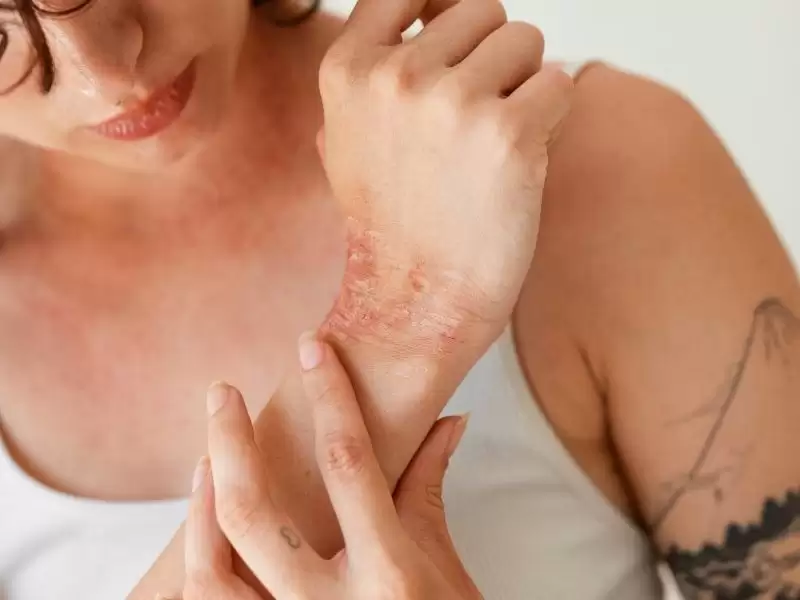Specialist physicians work around the clock to treat hand injuries, fingers, and thumbs following all accidents. Additionally, vascular and nerve damage is repaired using microsurgical techniques.
Limb reattachment is required due to complete or partial amputation caused by work accidents, traffic accidents, falls, glass cuts, or similar accidents. In addition to these, hand surgery treatment;

- Restoration of previously formed vascular, nerve, and tendon (radiation) damage,
- Repair of skin, bone, and muscle loss in the hands, arms, legs, or other parts of the body using microsurgical techniques with tissues taken from another part of the body,
- Hand fractures, wrist, elbow, and sprains,
- Congenital malformations of the fingers, hand, forearm, elbow, and arm,
- Nerve injuries, nerve entrapments,
- Functional impairment due to tendon contracture,
- Injuries caused by punching, Birth-related paralysis in the arms, hands, and shoulders,
- Deformities in the hands caused by rheumatism,
- Tumor masses developing in the hand,
- Hand surgery procedures are performed to repair long-term adhesions in the hands and fingers following burns.
Hand and Upper Extremity Surgery
Manual surgery is one of the main branches of plastic surgery. Microsurgery, which is often considered together with it, involves the repair of blood vessels and nerves in hand injuries and is one of the most important elements of hand surgery.
Ankara Hand Surgery covers congenital anomalies and health problems of the entire anatomical structure medically referred to as the upper extremity or upper limb, from the fingernails to the shoulders and fingertips.
Hand surgery is a science that frequently treats congenital deformities. Congenital anomalies of the upper extremity, i.e., congenital anomalies, are often observed in populations of varying frequencies. Due to the wide range of anomalies, specific classifications have been proposed.
Operations on the arm can be performed under anesthesia or axillary or axillary nerve blocks, depending on the patient's compliance and the area to be examined if the patient is 16 years of age.
After operations on the arm, plaster casts are applied at different intervals depending on the nature of the operation, and the cast is removed at regular intervals, the dressing is updated, and the cast is replaced.
After arm surgery, hand physiotherapy is at least as important as the surgery itself. Hand physiotherapy should be performed by physicians with experience in this field. The value of hand physiotherapy is undeniable in the sense that the joints connecting the bones of the hands do not freeze and the functions of the severed structures are restored.
Hand Injuries
The treatment of hand injuries in Ankara depends on the type of injury, the damaged tissue, and the time elapsed. The treatment of tendon, nerve, and vessel incisions has more specific characteristics. Each arm injury is different and its presentation varies. Therapeutic functions should be maximized; it should be remembered that tendons (white strands that transmit muscle movement to bones) function to keep bone, skin, and nerve tissue healthy. Movement is lost in tendon incisions. Nerve cuts are similarly invisible. Damage to the skin and bone also affects tendon movement. They need to be properly evaluated.
Injuries occurring under the elbow, blood vessels, tendons, nerves, or bones may be damaged separately or together. In the examination of these patients, bleeding, sensory nerve function, and motor function (motor nerve and tendon) are evaluated in sequence. At the end of this evaluation, treatment of the damaged tissues is planned.
First, the tourniquet is applied to the hand to work in a bloodless environment. This makes it easier to identify the anatomical structures in the hand. The injured tissue is cut and sutured using appropriate sutures and techniques. Tendons are repaired and sutured end-to-end. Please remember that faulty repairs can impair tendon movement through specific tunnels. Release the tourniquet and check the bleeding areas. In laceration injuries or crush injuries, tendon defects can be repaired by removing and using tendons from another part of the patient's body. In delayed cases, a tendon tunnel can first be created using silicone tubes, followed by a tendon transfer.
Carpal Tunnel Syndrome
Carpal tunnel syndrome is a tunnel in the wrist that contains one of the main nerves of the hand, tendons, and the median nerve. Pressure in the tunnel can increase for various reasons, such as injuries, fluid buildup during pregnancy, overuse, or repetitive movements. This increase in pressure typically causes numbness, pain, limited hand function, and a tingling sensation.
If patients have poor outcomes, conservative treatment, i.e., other non-surgical treatment options such as hand splinting and anti-inflammatory drugs, are preferred. If there are serious symptoms such as weakening of the arm muscles and thinning of the palms, surgical treatment may benefit the patient.
This procedure can be performed endoscopically by making two holes in the wrist and palm or by making an incision from the palm to the middle of the wrist and looking at the entire wrist canal. Then, to reduce the pressure on the tissue, the pressure on the median nerve is cut, and the operation is completed.

If you would like to learn more about Ankara Burn Treatment, please click on the relevant link.
Relevant link: https://www.huseyinborman.com/yaniklar
Frequently Asked Questions About Hand Surgery
How long does it take to recover from hand surgery?
After hand surgery, a rehabilitation process begins, which may last up to 12 weeks. By the end of this period, the hand usually regains normal mobility.
How long does hand surgery take?
During hand surgery, nerves, blood vessels, or tendons may be involved, which can extend the duration of the operation. On average, hand surgery takes between 1 to 3 hours.
What is carpal tunnel syndrome?
Carpal tunnel syndrome occurs when pressure is applied to the median nerve located within the carpal tunnel. This pressure causes numbness and tingling sensations in the hands and arms.
What happens if carpal tunnel syndrome progresses?
If left untreated, carpal tunnel syndrome can worsen. In advanced stages, it can lead to permanent dysfunction such as loss of muscle strength and dehydration (atrophy) in the fingers.
How is carpal tunnel syndrome treated?
Treatment for carpal tunnel syndrome includes the use of medications and nighttime wrist splints. If these measures are insufficient, surgery is performed under local anesthesia.
What are the symptoms of trigger finger?
Symptoms of trigger finger include a catching or locking sensation when opening and closing the fingers, finger pain, and noticeable swelling in the affected finger.






